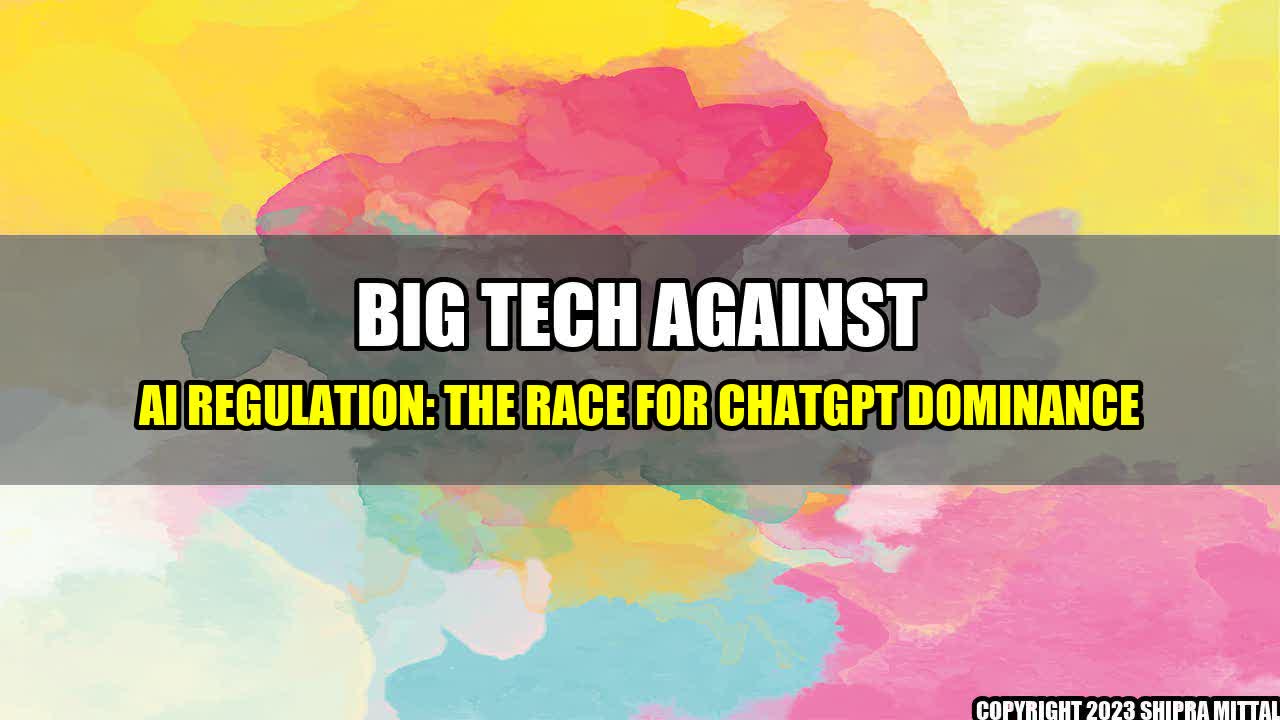The Story of ChatGPT
ChatGPT, a conversational artificial intelligence (AI) model developed by OpenAI, has taken the internet by storm. With its ability to understand natural language and generate human-like responses, ChatGPT has become a popular tool for businesses and individuals alike. Companies are rushing to integrate ChatGPT into their customer service, marketing, and other applications, hoping to gain a competitive edge.
Big Tech's Lobbying Efforts
As the tech industry races to harness the power of ChatGPT, companies like Google, Microsoft, and Facebook are lobbying against AI regulation. They argue that too much regulation could stifle innovation and reduce their ability to compete globally. However, critics say that without proper regulation, AI models like ChatGPT could pose a serious threat to consumers.
One of the main concerns with AI models like ChatGPT is their ability to mimic human behavior and generate convincing responses. This raises the question of whether consumers will be able to distinguish between human and AI interaction, and whether they will be able to make informed decisions based on that distinction. Proponents of AI regulation argue that without strict guidelines, companies could use AI to manipulate or deceive consumers.
Real-life Examples
There are already real-life examples of AI models being used to manipulate consumers. In 2016, ProPublica found that Facebook's ad targeting algorithm could be used to exclude certain groups of people from seeing job ads, which is illegal under US civil rights law. More recently, Amazon was criticized for using an AI hiring tool that was biased against women. These incidents highlight the potential harm that AI models can cause if left unchecked.

Akash Mittal Tech Article
Share on Twitter Share on LinkedIn